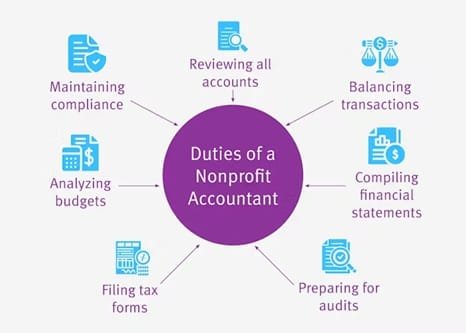Understanding how startups grow is crucial. As a CPA in Lynchburg, VA, you need to use key metrics for accurate forecasting. Startups operate in unpredictable environments. Predicting their growth means you must rely on essential tools. These metrics guide you as you navigate the complexities of startup dynamics. They help you provide meaningful insights to your clients. First, track revenue growth. It shows a startup’s ability to increase sales over time. Next, examine customer acquisition cost. It reflects the efficiency of marketing efforts. Then, analyze churn rate. This reveals the percentage of customers who stop buying. Fourth, monitor burn rate. It highlights how quickly funds are used. Finally, assess gross margin. This measures profitability for each product sold. Using these metrics can help you predict success. You can steer startups toward sustainable growth by focusing on these five key indicators. Remember, accurate forecasting strengthens trust and builds lasting relationships.
Revenue Growth
Revenue growth is the clearest sign of a startup’s health. When revenue increases steadily, it indicates effective strategies. You can measure this by comparing current sales to past sales. Consistent growth shows positive market response. It reflects how well the startup adapts to market demands. Small Business Administration resources can provide further insights into assessing growth trends effectively.
Customer Acquisition Cost (CAC)
Customer acquisition cost is the expense of acquiring a new customer. This metric helps you determine the cost-effectiveness of marketing strategies. To calculate CAC, divide the total costs of marketing by the number of new customers gained. A lower CAC indicates efficient marketing. Efficient spending means more resources are available for other areas. Tracking CAC helps you advise on better budgeting and strategic planning.
Churn Rate
Churn rate measures customer retention. It shows how many customers stop using a product within a certain period. A high churn rate signals problems. It could mean poor customer satisfaction or competitive pressures. To find it, divide the number of lost customers by the total number of customers at the start of the period. Lowering churn rate should be a priority. It’s often more cost-effective to retain customers than acquire new ones.
Burn Rate
Burn rate indicates how fast a startup spends its cash reserves. Monitoring it closely avoids financial pitfalls. Calculate burn rate by assessing cash flow over time. A high burn rate could point to potential financial trouble. By improving financial management, burn rate can be reduced. Strategies like budget adjustments can help. Understanding burn rate allows you to offer better financial advice. Avoiding unnecessary expenses ensures survival during lean periods. The U.S. Census Bureau provides valuable data on business growth and spending.
Gross Margin
Gross margin reveals how profitable a product or service is. It indicates what percentage of revenue exceeds the cost of goods sold. A higher gross margin means greater profitability. To calculate, subtract the cost of goods sold from total revenue and divide by total revenue. A strong gross margin is crucial for sustainability. It provides capital for expansion and other initiatives. By focusing on increasing gross margin, you help startups become more resilient.
Comparison Table
| Metric | Purpose | Calculation |
|---|---|---|
| Revenue Growth | Track sales increase | Current Sales – Past Sales |
| Customer Acquisition Cost (CAC) | Assess marketing cost efficiency | Total Marketing Costs / New Customers |
| Churn Rate | Measure customer retention | Lost Customers / Initial Customers |
| Burn Rate | Track cash spending speed | Cash Flow Analysis |
| Gross Margin | Determine product profitability | (Revenue – Cost of Goods Sold) / Revenue |
As a CPA, your ability to forecast startup growth depends on these key metrics. Using them helps you provide valuable guidance. Each metric offers unique insights. Together, they create a comprehensive picture of startup health. Monitoring these indicators strengthens your advisory role. It builds trust and ensures startups make informed decisions.



